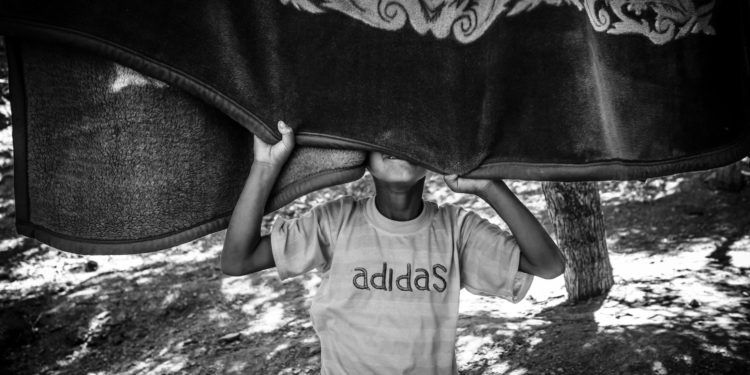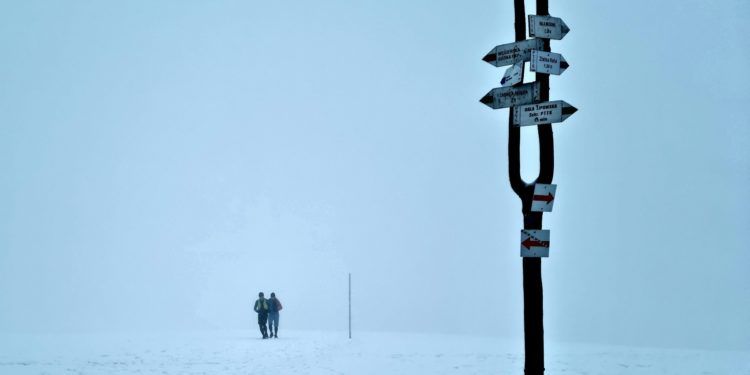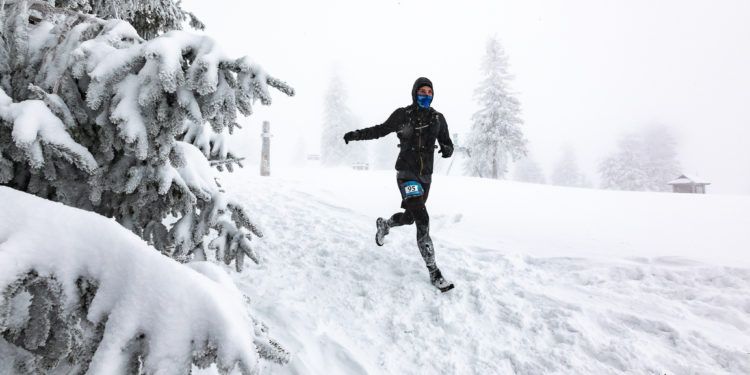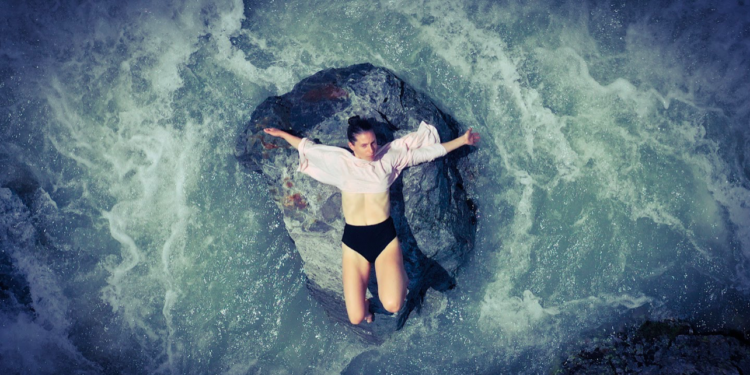Photo book “Silent mantra” by Jakub Sliwa
Travel photographer Jakub Sliwa In “Silent Mantra” about Ladakh – once one of the most alienated centers of Tibetan Buddhism, now a seasonal tourist business. He shows us the beauty, subtlety, but also the hardships of the old world and what the new order brings.
Jakub Sliwa has specialized for years in photographing the “non-Western” world: the Indian subcontinent, northern and central Africa. He has been to India dozens of times. There he made reports m.in. About the lepers of Puri, the fading tradition of Kushti wrestling or the spectacular rituals in honor of the goddess Kali. He is interested in disappearing traditions, rituals and ceremonies, and has published on these topics m.in. In National Geographic. He returned to villages in Ladakh for six years, finally finding in this still little-known place the story for his first authorial publication.
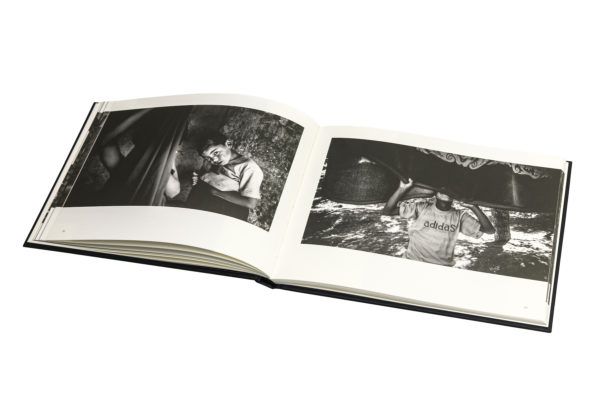 „Silent Mantra”, Jakub Sliwa, 2020.
„Silent Mantra”, Jakub Sliwa, 2020.
Ladakh is a region within the borders of India, but culturally it belongs to the Tibetan tradition – hence it is often called Little Tibet. Monasteries have survived here, cultivating the traditions of Buddhism, and many Tibetan refugees live in the valleys here. Traditional rituals are still alive here (e.g. Ch’am dances), which are slowly disappearing in occupied Tibet. The former Himalayan kingdom, due to its geographical location, difficult passes, passable only for a few months of the year, and harsh climatic conditions, resisted external cultural influences for a very long time. The opening of an air link between Delhi and Leh (the capital of Ladakh) in 1984 irreversibly changed the face – once self-sufficient – economy of the territory. A large part of the population currently lives off imports and seasonal tourist business, and leaves in the winter, leaving the area almost deserted. Along with money, the West has brought diseases and stimulants to which locals are not immune. Monks have also begun to emigrate in search of a life in less harsh conditions.
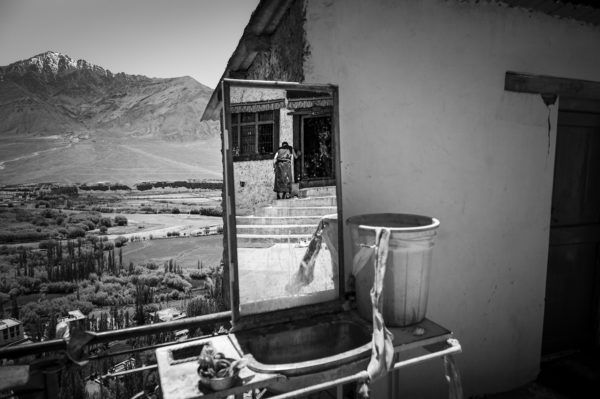 photo. Jakub Sliwa
photo. Jakub Sliwa
The story sounds familiar – because it’s the story of villages, cities and regions from all over the world – only that this particular one happened before the photographer’s eyes. Jacob ended up in Ladakh in search of unknown places, off the tourist trails. Enchanted by the unique atmosphere of the region, he returned to it every year and found villages unlike those of twelve months ago. He photographed them in the midst of these changes – still filled with the fading traditions and philosophies of the old world, without missing out on what the new has brought.
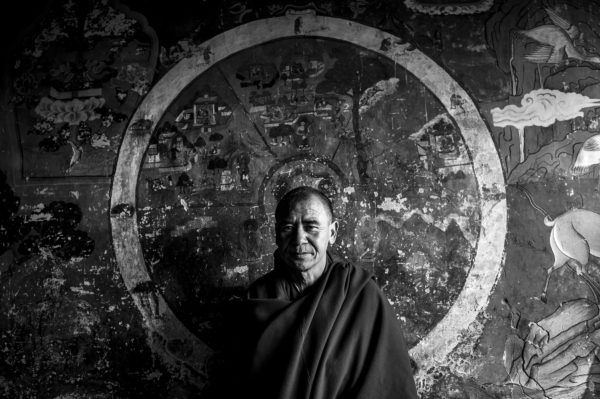 photo. Jakub Sliwa
photo. Jakub Sliwa
Jakub Sliwa’s “Silent mantra” shows monks during Buddhist practices alongside performances by a traveling circus troupe entertaining tourists. We see beautiful landscapes and historic monasteries, but also villages full of signs for tourists. The characters are dressed once in traditional clothing, once in shoes and adidas T-shirts. In the modestly decorated kitchen, the only decorative elements are movie posters, and in the living room – a plastic chair. Orient mixes with commercialism, tradition with modernity. Nothing is easy to evaluate. Sliwa photographed in black and white, but printed the project on uncoated matte paper – “I wanted to convey the atmosphere of the place – covered with dust, the rough, dry climate, but also the non-obvious juxtapositions.”. The issue’s horizontal layout refers to the mountainous expanses spreading out on all sides. The photographs enter into a dialogue with each other in accordance with Sliwa’s idea: not to misrepresent reality and show the found world, but at the same time, with the eye of the artist, to convey the fleeting atmosphere of Buddhist philosophy, unique culture and seclusion, which still resonate in this place and in the author of “Silent Mantra”.
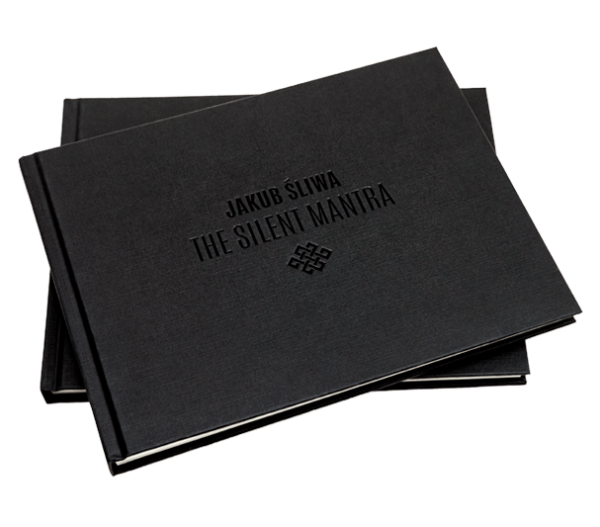 „Silent Mantra”, Jakub Sliwa, 2020.
„Silent Mantra”, Jakub Sliwa, 2020.
The book is available for general distribution and on www.silent-mantra.en from November 2020.
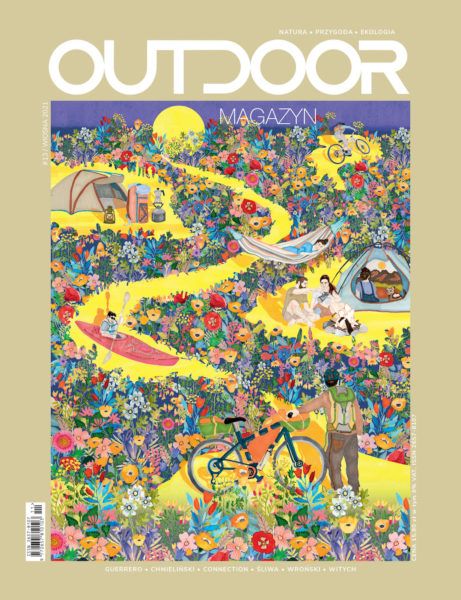 Outdoor Magazine no. 13 (Spring 2021)
Outdoor Magazine no. 13 (Spring 2021)
In the spring issue of Outdoor Magazine you will find material with the same title, which we prepared together with photographer. Our version of „mantra” by Jakub Sliwa is a preview of the photo album – a brief history of Ladakh and a selection of photographs that we liked best.
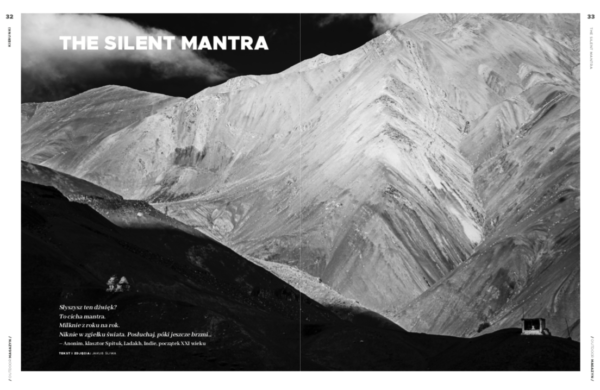 Selected pages from the article „Silent mantra” by Jakub Sliwa, OM no. 13 (Spring 2021)
Selected pages from the article „Silent mantra” by Jakub Sliwa, OM no. 13 (Spring 2021) 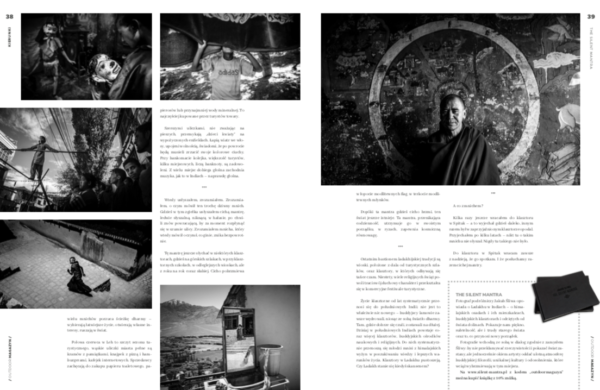 Selected pages from the article „Silent mantra” by Jakub Sliwa, OM no. 13 (Spring 2021)
Selected pages from the article „Silent mantra” by Jakub Sliwa, OM no. 13 (Spring 2021) 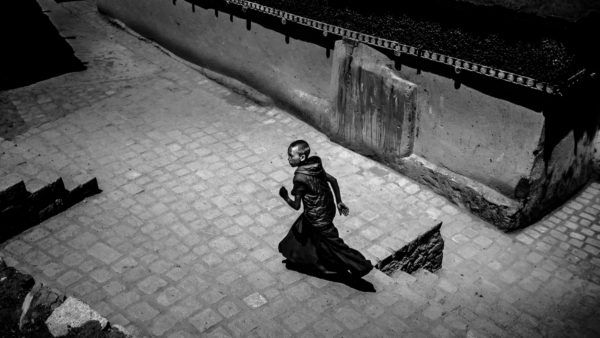 fot. Jakub Śliwa
fot. Jakub Śliwa 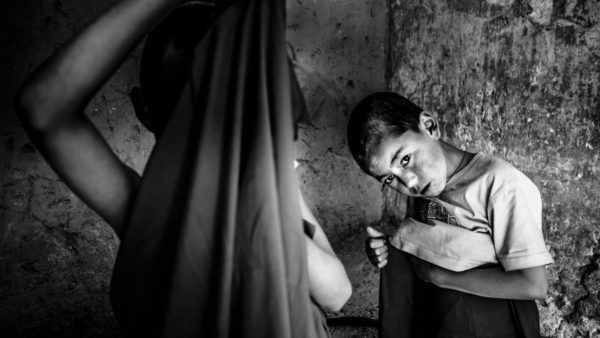 pic. Jakub Sliwa
pic. Jakub Sliwa
